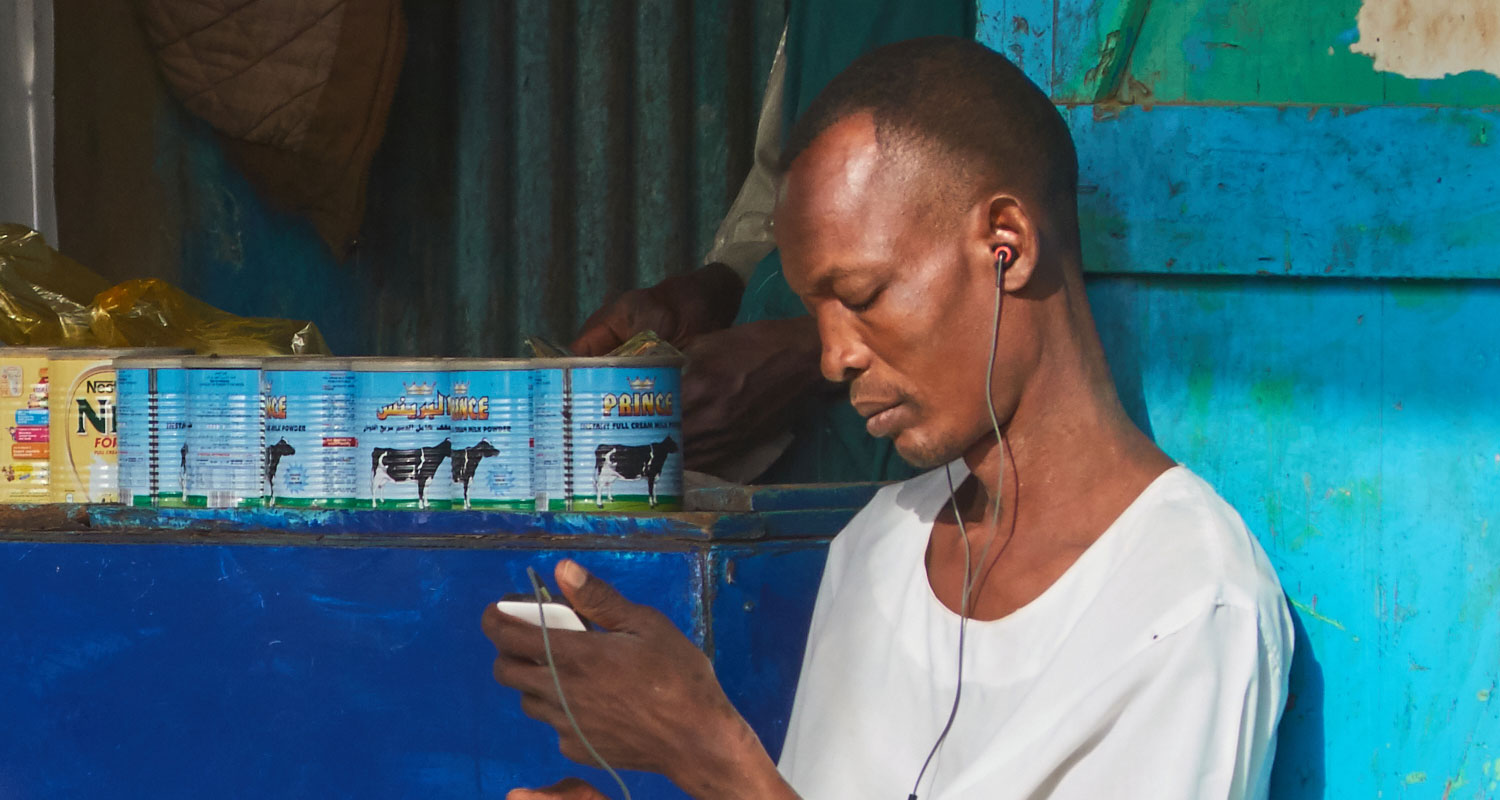 As momentum grows for 4G and 5G networks, mobile network operators (MNOs) are beginning to shut down or “sunset” their older 2G and 3G networks in response to government mandates or industry trends. In many countries the sunsetting will hardly be noticed, but in some regions of the world, sunsetting could prove detrimental to the poorest segments of society.
As momentum grows for 4G and 5G networks, mobile network operators (MNOs) are beginning to shut down or “sunset” their older 2G and 3G networks in response to government mandates or industry trends. In many countries the sunsetting will hardly be noticed, but in some regions of the world, sunsetting could prove detrimental to the poorest segments of society.
4G networks account for slightly more than 50% of global mobile connections and they are rapidly overtaking 3G network adoption. This rise in 4G coverage has helped reduce the coverage gap, bringing Internet access through mobile broadband networks to roughly 97% of the world’s population. But there is still a long way to go.
Even as MNOs work to move their subscriber base from 2G and 3G networks, many users are not willing to part with their current feature phones due to the relatively higher cost of a 4G phone.
How severe is the coverage crisis
For the unconnected of the world, one of the major barriers to mobile Internet adoption remains the affordability of handsets and data plans. An entry-level Internet-enabled phone can account for 120% of the subscriber’s monthly income in some parts of the world.
A GSMA study reports that 86% of smartphone users regularly use data for mobile Internet access and were more likely to utilise more mobile Internet features, compared to only 12% of lower-cost feature phone users. These subscribers use very little data and do not see their phone as a device to connect them to the Internet. As a result, MNOs find it challenging to get these users to transition from merely using their phones for voice-only functions and adopting a richer digital lifestyle.
Addressing the 2G/3G sunset and resolving the coverage crisis
As the global 2G and 3G sunset progresses, there is uncertainty among operators about how to migrate and retain subscribers through the transition. Radisys has helped operators around the globe navigate through this process with tremendous success. Radisys has the expertise to solve complex communication and deployment challenges. Backed by the strength of its parent company, Reliance Industries Limited and Jio Platforms Limited, Radisys employs proven best practices to help MNOs plan and successfully execute 2G and 3G subscriber migrations.
Radisys offers a full suite of affordable, premium-quality handsets designed to support MNOs in transitioning their 2G and 3G customers to 4G devices. Without an affordable option for customers, successfully transitioning the subscribers from the legacy networks to a 4G network will be virtually impossible for MNOs. Radisys has solved this problem for operators.
To encourage reluctant users to make the transition to a 4G device, MNOs need to disrupt the market and dramatically improve the user experience in addition to offering affordable devices. Operators need to keep users connected and informed, find ways to build emotional connections through enhanced capabilities such as video calls with family members, and promote Internet usage with easy-to-use apps and digital services.
Making 4G handsets accessible to everyone
Providing an affordable handset is central to the disruption plan. Unfortunately, when many subscribers hear about affordable handsets they often think of cheap, low-quality devices that have flooded the market. These low-quality handsets regularly use interior materials and are poorly constructed, have poor battery life and offer limited features.
Radisys offers a full suite of high-quality, affordably priced handsets aimed at migrating 2G and 3G users to 4G and introducing a full spectrum of digital capabilities that will grow MNOs’ revenues while elevating the customer experience. Radisys’s handsets deliver:
- An MNO-brandable device that builds association and loyalty to the MNO with best-in-class quality and performance that is priced for the masses.
- An available selection of habit-forming applications, exclusive media bundles and a customisable user interface to distinguish an MNO’s brand.
- Superior economics to maximise MNOs’ return on investment.
- An improved user experience that leads to greater subscriber retention and customer delight.
While all these elements are helpful for MNOs, the Radisys portfolio of handsets also provides a familiar feature phone device for consumers that unlocks a simple path toward a more robust 4G experience, while saving them the anxiety of learning and interacting with a new and unfamiliar device. Whether the handset is a “lite” version of the Radisys smart feature phone that delivers voice and basic texting and a starter 4G device experience, or the Radisys smart feature phone that brings leading-edge features and capabilities including video calling as well as video on demand and music streaming, or the Radisys smartphone with full touch-screen capabilities and a range of smart phone apps, Radisys’s handsets are premium-quality devices priced for the masses.
Conclusion
Ultimately, MNOs can help their subscribers migrate to 4G networks by offering an affordable smart feature phone that meets their customers’ needs. But that is just the start of the disruption plan. Working together, Radisys’s proven success and affordable handsets can help MNOs secure their current subscriber base and transition them smoothly to a 4G network and the beginning of a connected, mobile life.
To learn more visit, Radisys online at www.radisys.com or contact [email protected] to request a meeting.
About Radisys
Radisys, a global leader in open telecommunications solutions, enables service providers to drive disruption with new open architecture business models. Radisys’s innovative disaggregated and virtualised enabling technology solutions leverage open reference architectures and standards, combined with open software and hardware, to power business transformation for the telecoms industry, while its world-class services organisation delivers systems integration expertise necessary to solve communications and content providers’ complex deployment challenges. For more information, visit www.radisys.com or connect via LinkedIn, Twitter or Facebook.
- This promoted content was paid for by the party concerned




